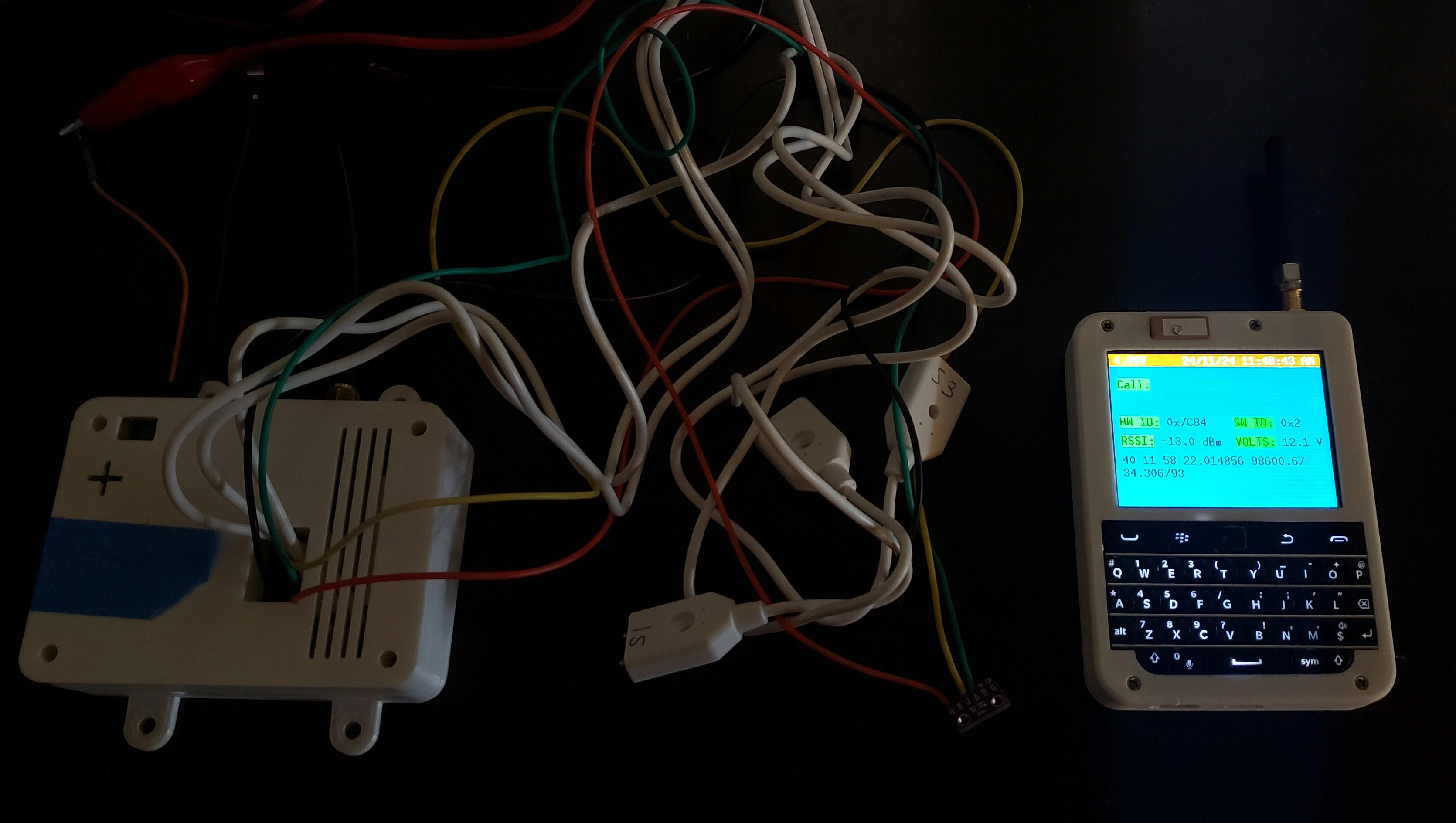
Over the last few years, the Ingenuity helicopter on Mars made history by proving it was possible to fly a rotorcraft on another planet. And soon NASA will take that concept one step further by launching a drone mission to explore an even more distant world: Saturn’s icy moon of Titan. The Dragonfly mission is set to explore Titan from the air, its eight rotors keeping it aloft as it moves through the thick atmosphere and passes over the rough, challenging terrain below.
The aim is to look for potential habitability , studying the moon to work out if water-based or hydrocarbon-based life could ever have existed there. Now, NASA has announced it has chosen a launch provider for this important mission, and it will be SpaceX. With a $256.

6 million contract, SpaceX will launch the rotorcraft using a Falcon Heavy rocket from Launch Complex 39A at NASA’s Kennedy Space Center in Florida, with the launch window open between July 5, 2028, and July 25, 2028. The Falcon Heavy is SpaceX’s current super heavy launch vehicle, larger than the regularly used Falcon 9 but smaller than the Starship that is currently undergoing testing. The Falcon Heavy has been used for launching previous NASA missions such as Psyche (an uncrewed mission to visit a metal asteroid) that require more mass than a Falcon 9 supports, but not as much as human spaceflight missions like the Artemis moon missions (which the Starship is intended for).
Though the Dragonfly rotorcraft will be small, it will need a heavy-lift launch vehicle to help it on its long mission to Titan. As this is such a long distance, the use of a more powerful rocket can shorten the cruise phase in which the spacecraft travels through the solar system, meaning it will arrive at Titan earlier — in this case, the plan is for it to arrive in 2034. Once Dragonfly arrives at Titan, it will be able to move between different sites on the moon, which is known for its diverse surface features, including rough and smooth areas as well as lakes and seas made of ethane and methane, plains, dunes, and impact craters.
The rotorcraft will use scientific instruments to measure chemistry on the moon to see whether it could have hosted the conditions for life. “Dragonfly is a spectacular science mission with broad community interest, and we are excited to take the next steps on this mission,” said Nicky Fox, associate administrator of NASA’s Science Mission Directorate earlier this year when the mission was confirmed. “Exploring Titan will push the boundaries of what we can do with rotorcraft outside of Earth.
”.














